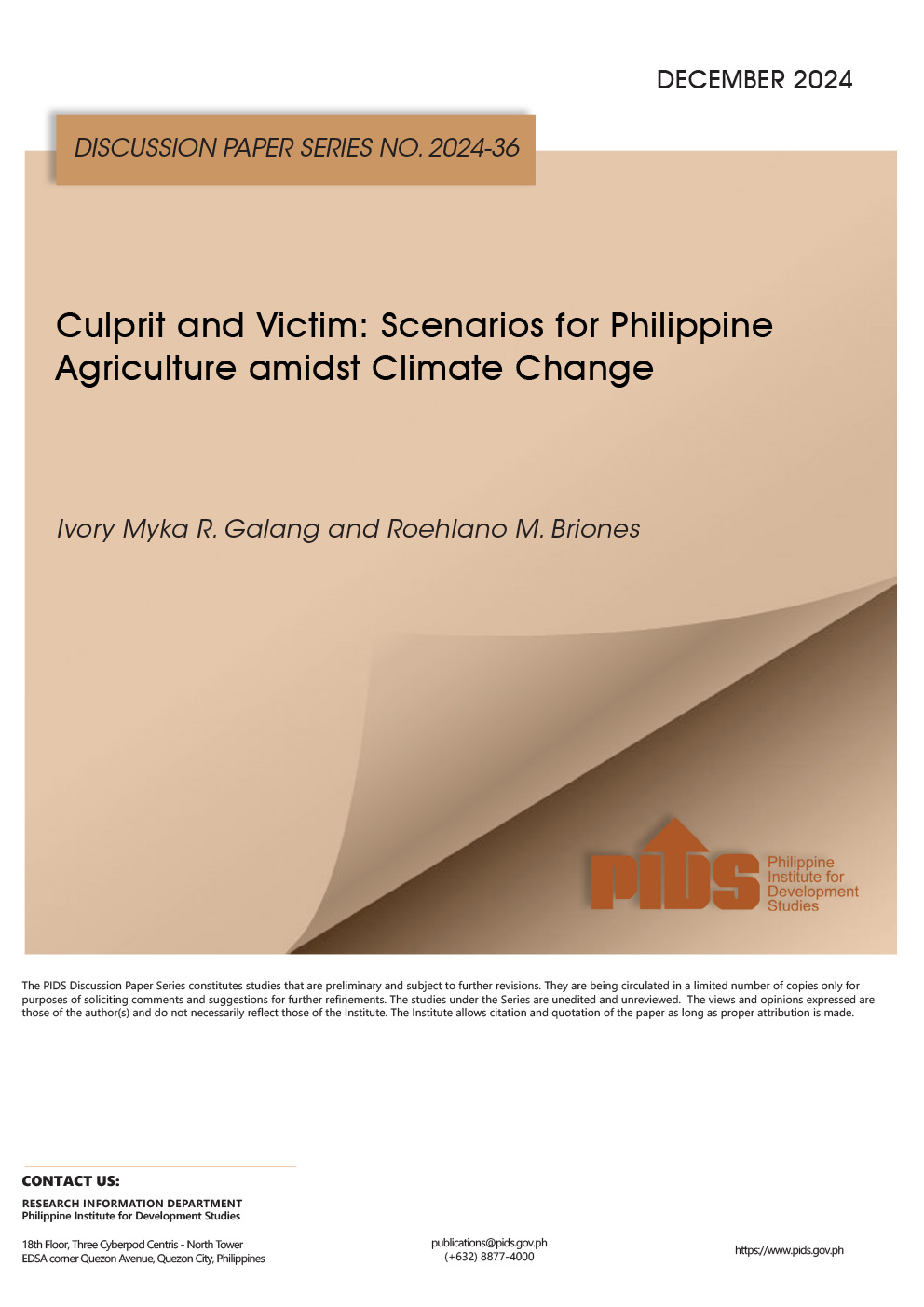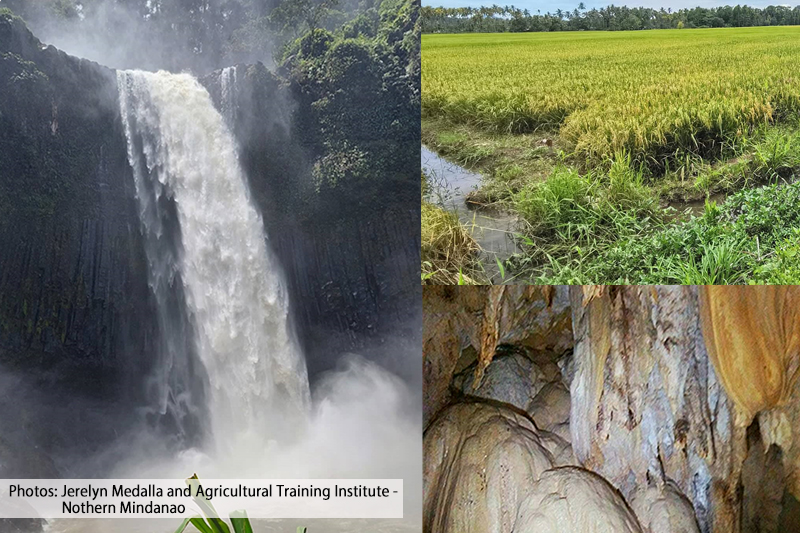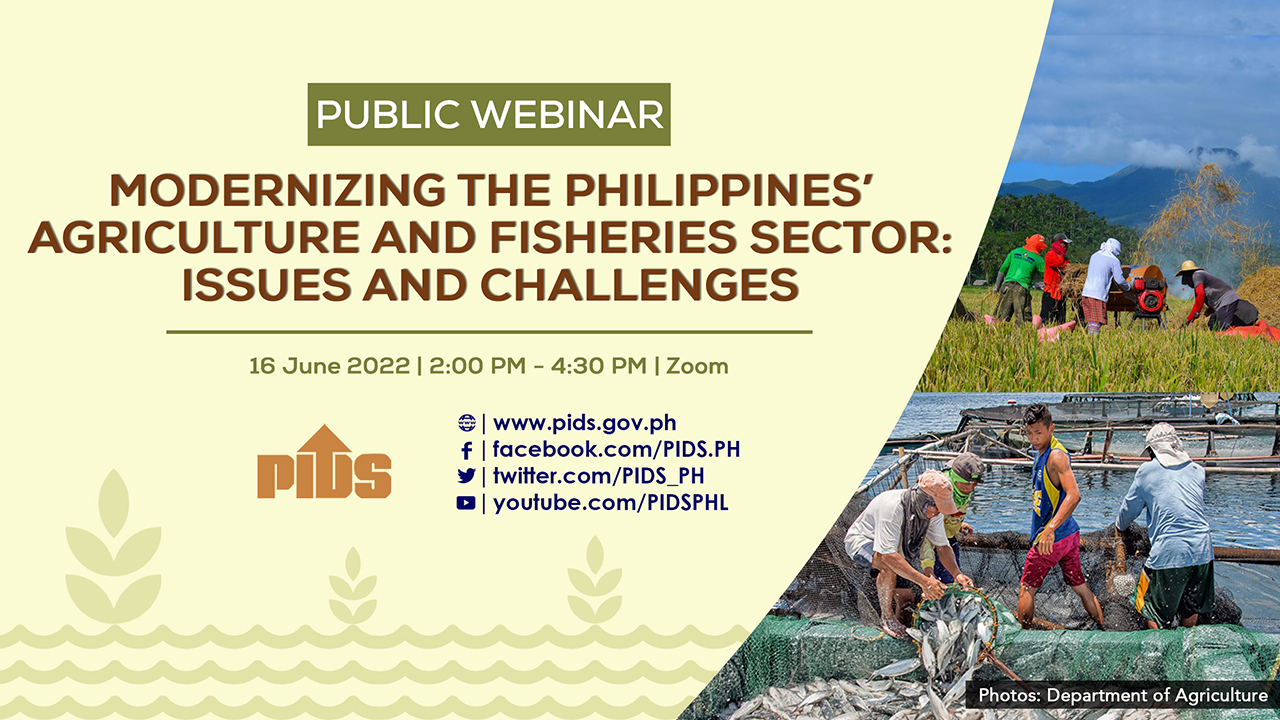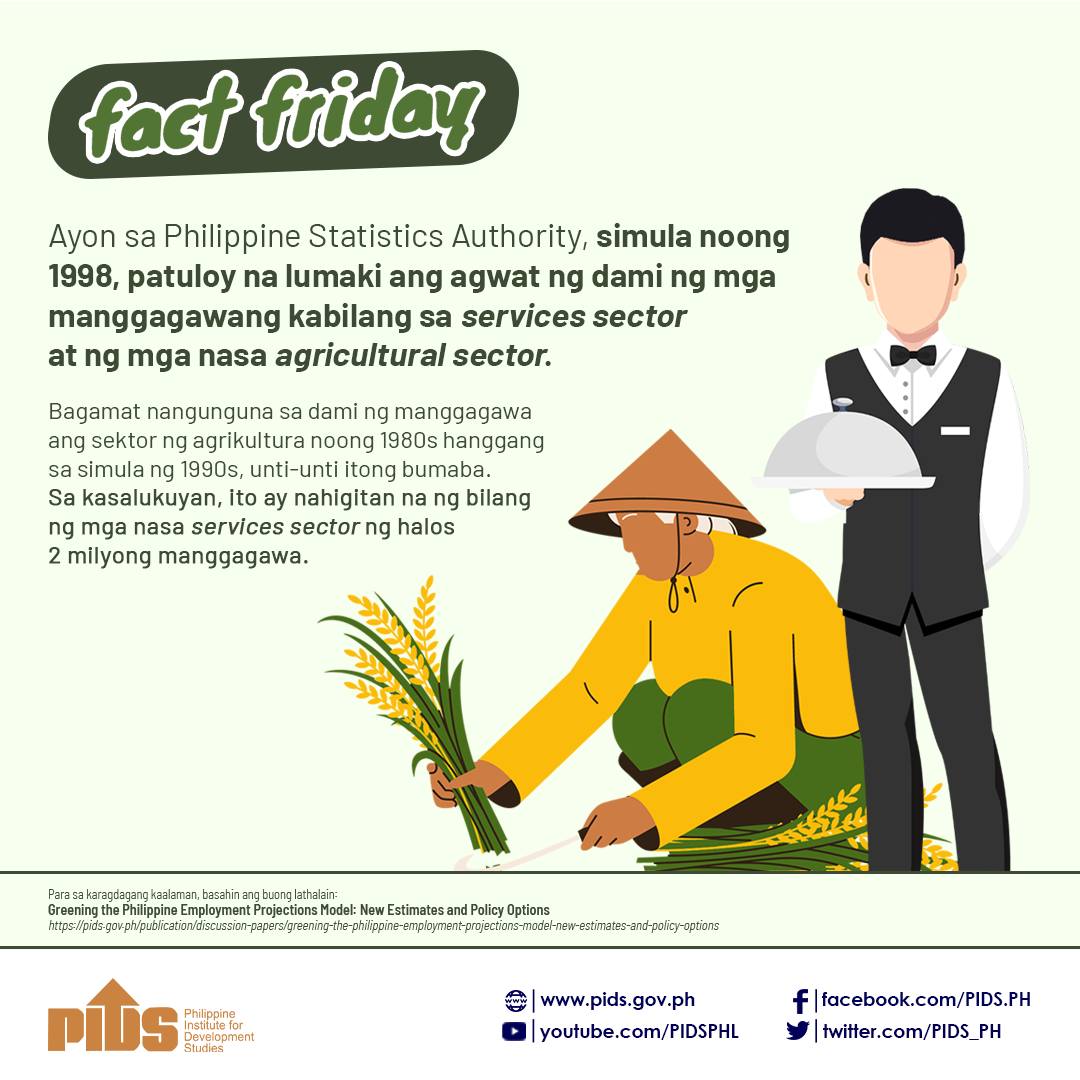Rice is not only food but also art and culture to the Asian peoples, in particular, the Filipinos, stressed noted scientist and former president of the University of the Philippines system, Dr. Emilio Javier, in his opening address delivered during the second in the series of seminars being jointly sponsored by the Philippine Rice Research Institute (PhilRice), Philippine Institute for Development Studies (PIDS), and Bureau of Plant Industry (BPI) on Rice and the Filipinos: The Last 100 Years.
Javier, who is currently the chair of the Asia Rice Foundation, pointed out how various Asian societies, where rice is a common denominator, seem to have built their respective cultures around rice. Thus, we not only see festivals, songs, dances and religious customs with themes based on rice and its role in the peoples everyday activities but we also witness rice as an integral part of the very way of life of most Asian peoples, including the Filipinos.
This is, of course, evident in rice being a staple in the Asian daily diet. For Filipinos, in particular, especially for the poor, rice is a basic source of calorie. In this regard, Javier also encourages the eating of brown rice or the unpolished rice because its bran rich source of vitamins and minerals has not been removed, thereby further increasing its nutritional value.
Javier, who is currently the chair of the Asia Rice Foundation, pointed out how various Asian societies, where rice is a common denominator, seem to have built their respective cultures around rice. Thus, we not only see festivals, songs, dances and religious customs with themes based on rice and its role in the peoples everyday activities but we also witness rice as an integral part of the very way of life of most Asian peoples, including the Filipinos.
This is, of course, evident in rice being a staple in the Asian daily diet. For Filipinos, in particular, especially for the poor, rice is a basic source of calorie. In this regard, Javier also encourages the eating of brown rice or the unpolished rice because its bran rich source of vitamins and minerals has not been removed, thereby further increasing its nutritional value.












